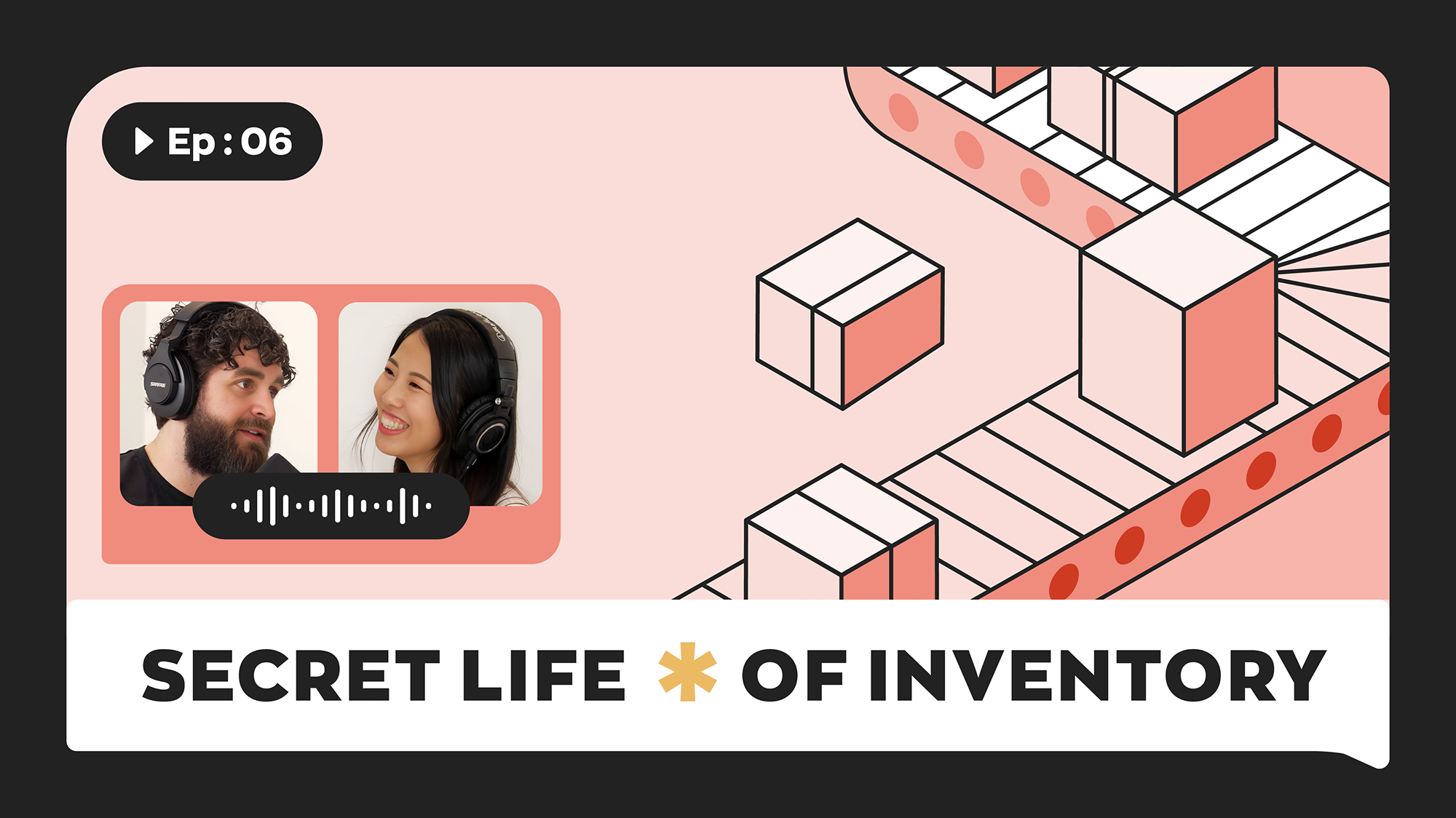Selling on consignment isn’t just for art galleries and thrift stores these days. This increasingly popular business model is reshaping how products move from creation to consumers. In Episode 6 of Secret Life of Inventory, we take a look at consignment inventory and why it’s gaining so much traction with small to medium-sized businesses.
We recommend watching the full episode below for the full discussion, but here is a quick recap.
What is selling on consignment?
Selling on consignment is fundamentally different from traditional retail relationships. Instead of a retailer purchasing inventory upfront from a supplier, consignment creates a partnership between two parties: the consignor (who owns the products) and the consignee (who sells them).
Here’s how it works. The consignor supplies products to the consignee but retains ownership. The consignee displays and sells those items on the consignor’s behalf. When a sale happens, the consignor earns a percentage of the profit. And if the items don’t sell? They simply go back to the consignor. Thereby offering no financial risk for the retailer.
Major advantages for the consignor
For product owners, selling on consignment offers compelling benefits that traditional retail and wholesale relationships lack.
- No storefront required: It’s no secret that leasing retail space is expensive. Consignment eliminates rent, utilities, staffing costs, and all the overhead that comes with running a physical location. What’s not to love?
- Simplified market testing: Instead of ordering massive shipments and hoping they sell, consignors can test smaller quantities. This approach provides valuable insights into what resonates with customers without the financial risk.
- Focus on your strengths: Businesses can concentrate on what they do best, developing and creating great products, while consignees handle logistics, customer service, and sales.
Major advantages for the consignee
Consignees aren’t just being generous. The consignment model offers significant advantages for retailers too.
- Free inventory: Who doesn’t love free stuff? Consignment provides products to fill shelves without upfront investment. This can dramatically improve cash flow while giving customers new and exciting product offerings.
- Reduced risk: If products don’t sell, retailers simply return them. No dead stock cluttering warehouses or eating into profits.
The challenges with selling on consignment
Of course, consignment isn’t perfect. Both parties face potential drawbacks that require careful consideration.
For consignors, lower profit margins and delayed payments can strain cash flow. Selling on consignment also creates distance between you and your customers. This means you’ll miss out on valuable feedback and relationship-building opportunities.
Retailers, on the other hand, face supply control issues. For example, let’s say you’re selling a product on consignment, and it suddenly takes off, but the consignor doesn’t have enough inventory to meet demand. This will lead to frustrating stockouts and angry customers, tarnishing your brand.
Making consignment work for everyone
The key to successful consignment relationships? Crystal-clear contracts and consistent communication.
Your contract should cover everything: percentage splits, payment schedules, liability for damaged goods, and even marketing responsibilities. Regular inventory cycle counts and prompt payments build trust and prevent misunderstandings.
Is consignment right for your business?
Consignment works best as a stepping stone rather than a permanent strategy. It’s perfect for testing markets, building brand recognition, and generating initial revenue without massive upfront costs. Once you’ve proven demand, transitioning to wholesale or direct sales often makes financial sense.
Ready to dive deeper into consignment strategies and real-world examples? Watch the full episode of Secret Life of Inventory for detailed insights into selling on consignment from the perspective of both the consignor and consignee.





0 Comments